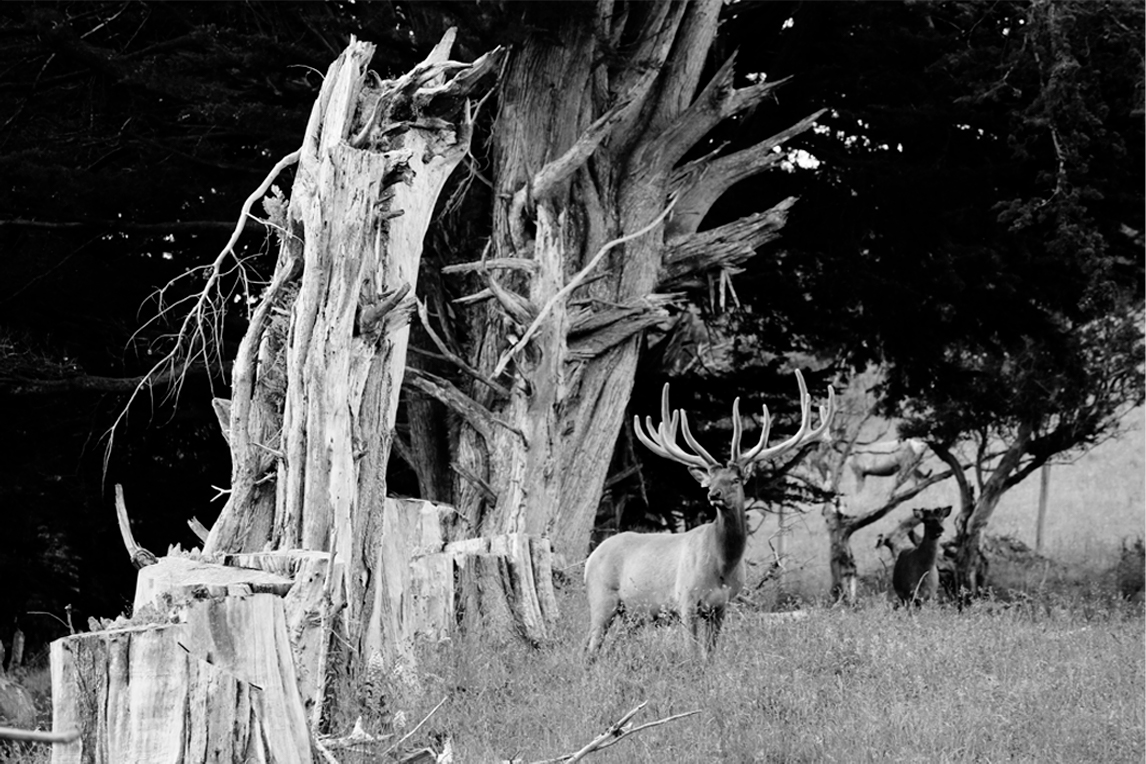Breeding values provide an estimate of the genetic merit of individuals for a range of traits and are expressed in the units they are measured in relative to an average sire in 1995. Weight BVs are expressed in Kgs, conception date in days earlier or later conceiving.
Breeding values can be combined with an economic weighting based on the value of a 1 unit improvement in the trait to a standardised deer production system to give an overall Index value in cents or dollars per hind mated. A higher value indicates a great return on investment.
A sire with an estimated 12 month Weight Breeding Value (W12eBV) of +15 would have offspring that would be 15kg heavier than average deer in 1995 (when mated to a hind that also had +15).
The daughters of a sire with a Conception Date BV of -6 (CDEBV) would be expected to conceive 6 days earlier than average (again, if from hind that also had -6 CDEBV).
The expected result will be the average of the stag and the hind BV merit for a trait – e.g. a stag with a +20 12month Weight BV (W12eBV)and a hind with +0 W12eBV merit would have offspring that would be 10kg heavier than average
Use the DEERSelect tables to identify the sire stags used in New Zealand that have the breeding values you want. Stud breeders offer sons and daughters of these stags and should be happy to expand further on the genetic merit of the stags they have for sale.
Breeding values for English Red deer and European composite can be directly compared.
There is more information on getting the best genetics to help your deer farming options here >>
More resources
To view the English Sires table, click here >>
For an explanation of the Red Maternal Index click here >>
Breeding values provide an estimate of the genetic merit of individuals for a range of traits and are expressed in the units they are measured in relative to an average sire in 1995. Weight BVs are expressed in Kgs, conception date in days earlier or later conceiving.
Breeding values can be combined with an economic weighting based on the value of a 1 unit improvement in the trait to a standardised deer production system to give an overall Index value in cents or dollars per hind mated.
The Red Maternal Index consists of the sub-indices Reproduction, Growth, Hind Weight, and Meat, summarising the merit of an animals for both venison production and replacement females. The Red Terminal index consists of Growth and Meat and is designed for venison production only. Indices are all in dollars per fawn born and are additive. A higher index/sub-index indicates higher genetic merit.
A sire with an estimated 12 month Weight Breeding Value (W12eBV) of +15 would have offspring that would be 15kg heavier than average deer in 1995 (when mated to a hind that also had +15).
The daughters of a sire with a Conception Date BV of -6 (CDEBV) would be expected to conceive 6 days earlier than average (again, if from hind that also had -6 CDEBV).
The expected result will be the average of the stag and the hind BV merit for a trait – e.g. a stag with a +20 12month Weight BV (W12eBV) and a hind with +0 W12eBV merit would have offspring that would be 10kg heavier than average
Use the DEERSelect tables to identify the sire stags used in New Zealand that have the breeding values you want. Stud breeders offer sons and daughters of these stags and should be happy to expand further on the genetic merit of the stags they have for sale.
Breeding values for English Red deer and European composite can be directly compared.
There is more information on getting the best genetics to help your deer farming options here >>
More resources
To view the European and Composite Sires table, click here >>
For an explanation of Red Maternal and Terminal Indices click here >>
Wapiti values are currently from a separate evaluation and cannot be directly compared with Red values.
Breeding values provide an estimate of the genetic merit of individuals for a range of traits and are expressed in the units they are measured in relative to an average sire in 1995. Weight BVs are expressed in Kgs, conception date in days earlier or later conceiving.
Breeding values can be combined with an economic weighting based on the value of a 1 unit improvement in the trait to a standardised deer production system to give an overall Index value expressed in cents or dollars per hind mated. A higher value indicates a greater return on investment.
Wapiti are usually used as Terminal sires over mature Red hinds. The sire contributes half of the genetic contribution to the progeny. A sire with an estimated 12 month Weight Breeding Value (W12eBV) of +20 kgs compared to a sire with a W12eBV of + 10kg would have offspring 5kg heavier than the second sire on average mated to the same Red hinds – a 10kg difference in merit, half expressed in the progeny.
The Wapiti Terminal Index consists of the Growth and Meat sub-indices, which reward growth and meat yield to 12 months of age, expressed as dollars per fawn born. A higher value indicates greater genetic merit.
Use the DEERSelect tables to identify the sire stags used in New Zealand that have the right genetic merit you want. Stud breeders offer sons and daughters of these stags and should be happy to expand further on the genetic merit of the stags they have for sale.
There is more information on getting the best genetics to help your deer farming options here >>
More resources
To view the Wapiti Sires table, click here >>
For an explanation of Wapiti Terminal Indices click here >>

